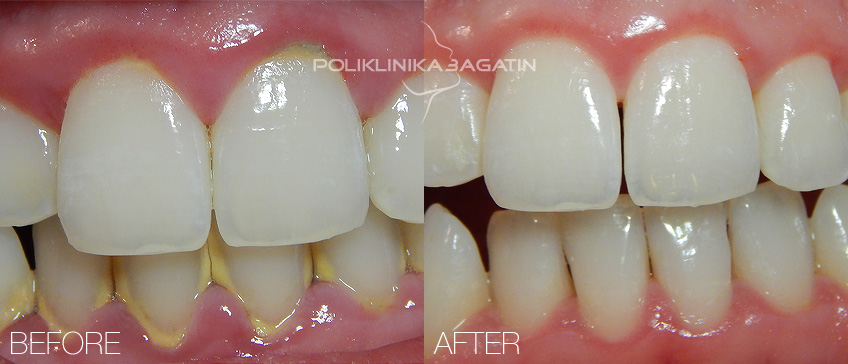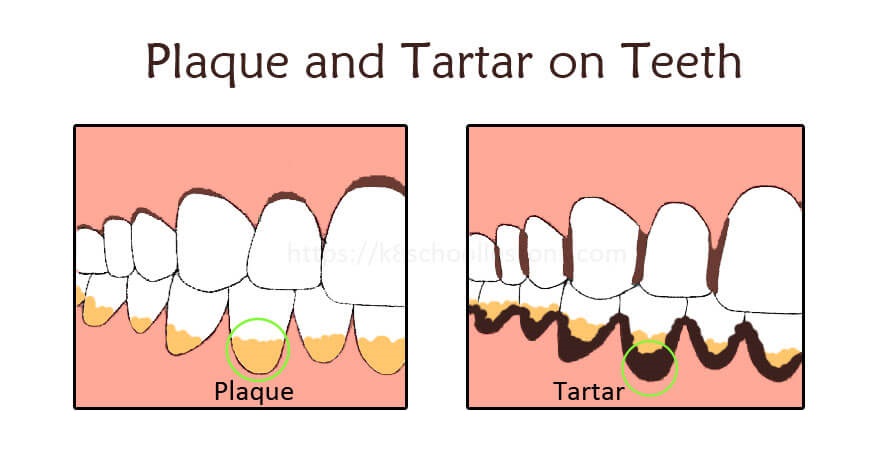


The exact cause of dental calculus is not completely understood. These people should consider visiting their dentist more than twice a year, at least until they and their dentist are confident this oral health problem is under control. Certain individuals are prone to faster tartar formation. That’s why it’s recommended you brush your teeth at least twice a day.Ĭalculus forms within 1-14 days of plaque accumulation. Plaque forms within 4 to 12 hours after you remove plaque with brushing and flossing. However, because it promotes plaque formation and plaque retention, calculus causes inflammation, increases your risk of gum disease, and can accelerate the progression of gum disease (periodontal disease). It can be cleaned with a toothbrush and triple bristle dental floss.Ĭalculus does not directly cause gum disease. Plaque, or dental biofilm, is the leading cause of tooth decay and gum disease. Salivary flow and oral pH influence tartar formation. Tartar is hardened plaque that traps in stains and results in discoloration. It forms on teeth, in between teeth, and below the gum line.ĭental calculus (tartar) is a crusty deposit that firmly attaches to the tooth’s surface and cannot be removed except by a dental professional. It is a combination of food particles, bacteria, saliva, and other components. Plaque directly leads to tartar/calculus, and tartar/calculus promotes plaque formation and retention.ĭental plaque is a sticky, colorless film that constantly forms on the surface of your teeth. Plaque is different from tartar/calculus. Plaque can form on your teeth within 4 to 12 hours of the last time you brushed and flossed. How long does it take calculus to form on teeth? It takes about 1 to 14 days for calculus to form on teeth after plaque forms. All this increases your risk for gum disease and related health problems. Calculus encourages more plaque to form and makes it harder to get rid of plaque.

Is calculus bad for your teeth? Yes, calculus is bad for your teeth. It is hard to imagine such a huge deposit attached to your teeth day and night, but it can happen, especially on the molars. Dental calculus deposits can get to be 3 or 4 centimeters in diameter.

Massive calculus deposits are very uncommon, but not unheard of. This makes it harder to clean dental plaque off your teeth. Supragingival calculus forms below the gum line, on the visible part of your tooth surface.Subgingival calculus forms above the gum line, on the hidden part of your tooth root.Calculus promotes more plaque formation and makes it harder to clean plaque. Untreated plaque leads to calculus, which cannot be removed without a dental professional. What is dental calculus?ĭental calculus, also called “tartar” or “calculus”, is a hardened calcified deposit derived from plaque that isn’t cleaned off your teeth.
Calculus buildup cleaningin at dentist how to#
In this article, you will learn about dental calculus, its causes and risk factors, how to prevent it, and long-term effects if left untreated. Triple Bristle is dedicated to offering state-of-the-art oral hygiene tools for plaque removal, so you don’t have to worry about dental calculus in the first place. If you’re looking for perfect teeth, preventing calculus (tartar) is a major piece of the puzzle. But once calculus forms, it is too firmly attached to the tooth to be removed with a toothbrush or at-home remedy. You can brush and floss to remove dental plaque, from which calculus forms. You can’t remove it at home, and it will accelerate a decline in oral health and overall health if not removed by your dentist. Dental calculus is hardened plaque on your teeth.


 0 kommentar(er)
0 kommentar(er)
